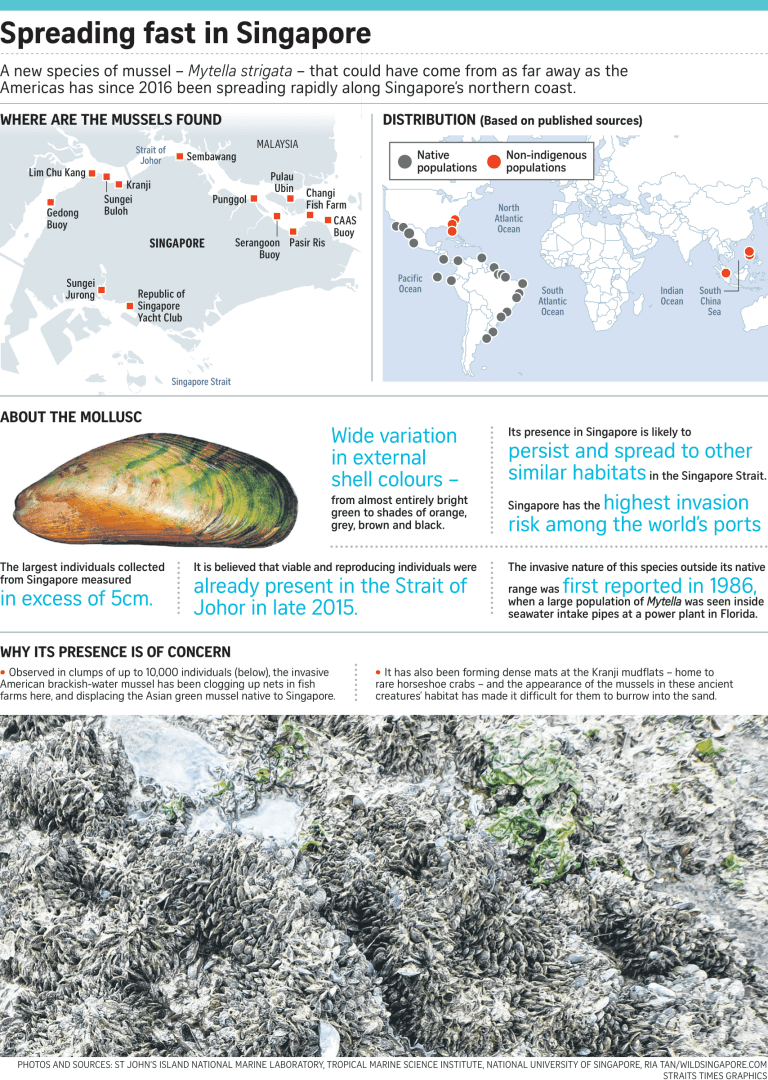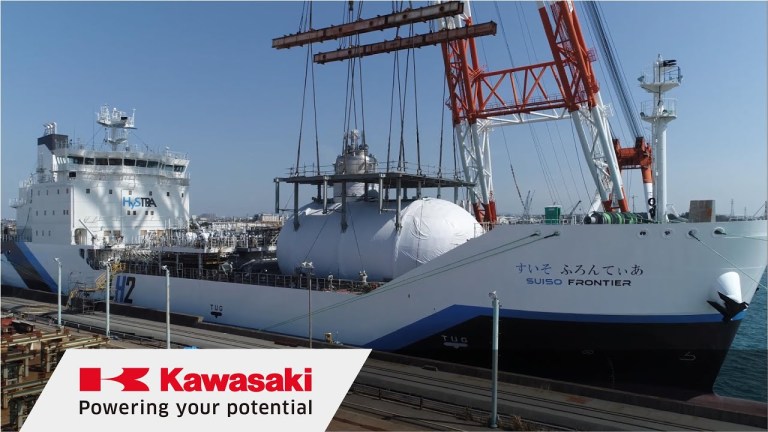
Sustainability at Sea
You might have read the following section in the previous article but we’re repeating it here again in order to emphasis the importance of “sustainability at sea”. The health of marine ecosystem is critical to sustaining life on the planet. Oceans need to be protected and managed as they provide food and livelihood to millions of people; serve as habitat for wide range of species; and govern the planet’s climatic systems. Sadly, for years, human activities have been affecting the marine environment, whether through bad fishing practices, pollution or illegal dumping. In this article, we’ll continue with the next 3 ways to promote sustainability at sea.
If you haven’t already read our first article in this series, click here to find out more.

3. Prevent Introduction of Invasive Species
For larger vessels, the containment and discharge of ballast water is important to regulate the vessel’s balance during voyage and loading or unloading of cargo at ports. Ballast water discharge or an unmaintained hull is a surefire way of introducing aquatic invasive species. Small organisms either tag along the boat’s hull or make their way to ballast water when the ballast tanks are filled

Singapore is a party to the Convention and “The Prevention of Pollution of the Sea (PPS) (Amendment) Act 2017” (Source). Basically, the Convention requires all ships of 400 GT and above when calling the port of Singapore to have an Ballast Water Management Plan & Ballast Water Record Book. Unfortunately, the type of ships listed are not subject to this convention. (1) Ships flying the flag of countries not party to the Convention (2) Ships which are less than 400 GT (3) Ships operating solely within Singapore port limit
The real-world policing of the ballast water management is lax and often overlooked in favor of other safety aspects. We take a view that no matter the size of your boat, we advise a boat owner look for a company that offer services to install ballast water treatment system which helps protect seas by safe and ethical discharge.
When untreated ballast water is discharged upon its arrival to the destination site, invasive species get introduced to the marine environment and spread rapidly thus becoming invasive for the new site. These aquatic invasive species then compete with the native species for food and habitat, causing a significant threat to the survival of native species and human health.
For example, American brackish-water mussel was first discovered in Singapore in 2016 (Source) which could have landed in Singapore’s waters through ballast water or pet trade and is likely to threaten the native crab, horseshoe crab and shellfish ecology.
4. Safe Anchoring
Poor anchoring methods can have detrimental impacts on sea life, with survey results showing that the marine life can be adversely affected by poor anchoring (Source). Improper anchoring can disturb the important marine species such as Seagrasses and Corals. Sea grass plays a vital role in sequestering carbon dioxide, protecting coastlines, and providing habitat to fishes of ecological and commercial value. Likewise, Corals are another important naturally occurring resource which improves the health of the seas.
It is imperative for boaters to know both the safety and proper anchoring methods. We also advise boaters to know where to anchor. Boaters can prevent the damage by following safe anchoring techniques, such as:
- Anchoring in the mud or sand instead of reaching out to sea bed
- Avoid anchoring directly on reefs
- Carefully lowering the anchor to avoid disturbing the marine species
- Prefer manual anchorage or by hand to ensure safe and secure anchorage
- Try to use a public mooring if available (we’ve heard that more moorings are going to be installed in the near future in Singapore waters)
An alternative to anchoring would be the use of trolling motors that can anchor a boat to a point without the use of a physical anchor. However, most trolling motors currently in the market are designed for coastal or lake fishing and lack the required power to “anchor” in open seas.
The video below produced by Australia’s Great Barrier Reef Marine Park contains some useful tips on how to use public moorings.
5. Improve Energy Efficiency
Increased fuel consumption leads to increased carbon footprint and does not only contaminate marine environment but also leads to atmospheric pollution. The Shipping industry accounts for 3% of the global greenhouse gas emissions (Source). The fuel consumption is mainly governed by the ship’s design.
The energy efficiency on boats can be optimized by installment or use of technology such as energy efficient engines ,heat recovery units or solar and wind power which help regulate or even the fuel consumption. Besides that, the use of alternative fuel such as liquified hydrogen or solid-state batteries is being explored for green shipping. The World’s First Liquefied Hydrogen Carrier Susio Frontier was build and launched by Kawasaki in late 2019.
The simplest & more practical measures which can be used to improve energy efficiency at boats involve:
- Regulating vessel’s speed to improve fuel efficiency
- Maintenance of boat’s engine and operational parts for greater efficiency
- Installing solar or wind power to reduce dependence on engine’s alternator for charging batteries.
- Retrofit a Low Loss Hybrid Energy System which improves fuel efficiency and reduces transient engine load by using different power sources along with energy storage devices
We hope you’ve enjoyed and gained some insight from this series about “5 Ways to Promote Sustainability at Sea”. Stay tuned as we continue next time with more articles about marine conservation and sustainability at sea.






